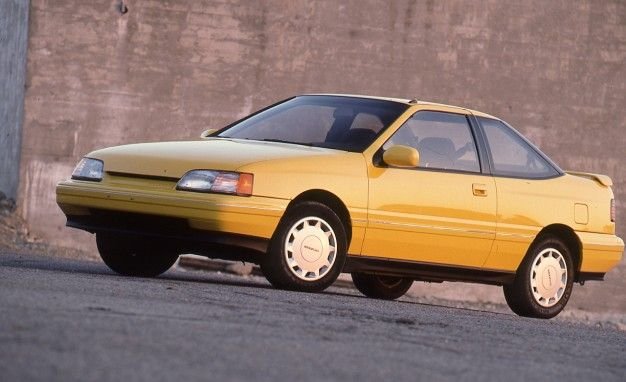
The Hyundai Beta engine played a crucial role in Hyundai’s rise as a serious automaker. Introduced in the 1990s, it was one of the company’s first independently developed engines, showcasing Hyundai’s growing engineering expertise. This inline-four engine powered some of Hyundai’s most important models, including the Tiburon, Elantra, and Coupe, marking a shift from reliance on Mitsubishi engines to in-house development.
Background: Hyundai’s Move to Independent Engine Development
Before the Beta engine, Hyundai primarily used Mitsubishi-sourced engines in its vehicles. While these engines were reliable, Hyundai wanted to establish itself as a fully independent automaker. The company invested heavily in research and development, leading to the creation of the Alpha engine (Hyundai’s first in-house engine) and soon after, the Beta engine—a more powerful and sophisticated design.
Beta Engine Specifications and Variants
The Hyundai Beta engine was a naturally aspirated inline-four with DOHC (dual overhead camshafts) and multi-point fuel injection. It was produced in 1.6L, 1.8L, and 2.0L versions, offering a balance of performance, efficiency, and reliability.
Key Variants of the Beta Engine:
| Variant | Displacement | Power Output | Torque | Notable Models |
|---|---|---|---|---|
| Beta I 1.6L | 1.6L | ~114 hp | 145 Nm | Hyundai Elantra (1995-2000) |
| Beta I 1.8L | 1.8L | ~128 hp | 162 Nm | Hyundai Coupe (Tiburon), Lantra |
| Beta I 2.0L | 2.0L | ~140 hp | 180 Nm | Hyundai Coupe, Elantra |
| Beta II 2.0L | 2.0L | ~143-148 hp | 186 Nm | Hyundai Tiburon, Kia Cerato |
| Beta II 2.0L CVVT | 2.0L | ~143-154 hp | 190 Nm | Hyundai Elantra, Tiburon GT |
Beta I vs. Beta II: Improvements Over Time
- Beta I (First Generation, 1995-2000)
- First version of the engine, featuring a simple but effective DOHC design.
- Used in early Hyundai models, such as the Elantra and Tiburon.
- Reliable but not as efficient as later versions.
- Beta II (Second Generation, 2000-2011)
- Featured lighter components and improved fuel efficiency.
- Some models came with CVVT (Continuously Variable Valve Timing) for better performance and emissions control.
- Used in popular models like the Hyundai Tiburon (Coupe), Elantra, and Kia Cerato (Spectra/Forte in some markets).
Performance and Impact on Hyundai’s Growth
The 2.0L Beta engine was particularly important for Hyundai’s image as a maker of fun-to-drive, sporty cars. It powered the Hyundai Tiburon (Coupe), giving it respectable performance in the compact sports car market. The Beta engine helped Hyundai compete with Japanese automakers like Honda and Toyota.
Additionally, Hyundai and Kia tuned the engine for reliability and affordability, making it popular among enthusiasts for tuning and modifications. Many owners swapped parts to boost power, especially in turbocharged setups.
Legacy and Replacement
The Beta engine was gradually phased out in the early 2010s, replaced by Hyundai’s newer Theta and Gamma engine families, which offered more advanced technology, improved efficiency, and better performance. However, the Beta engine remains a key part of Hyundai’s history, as it marked the company’s transition to an independent global automaker.
Conclusion
The Hyundai Beta engine was more than just a powerplant—it was a symbol of Hyundai’s ambition to become a world-class automaker. Its blend of performance, reliability, and innovation helped Hyundai gain credibility and laid the foundation for future successes. Whether in a Hyundai Elantra, Tiburon, or Kia Cerato, the Beta engine played a crucial role in shaping Hyundai’s reputation in the global market.
